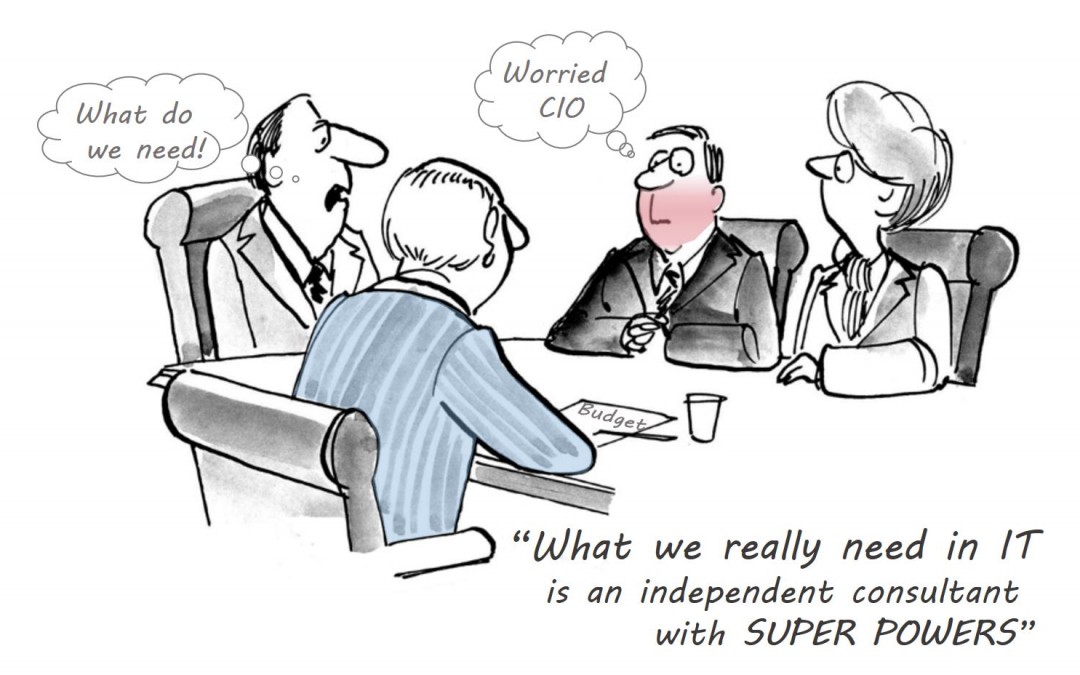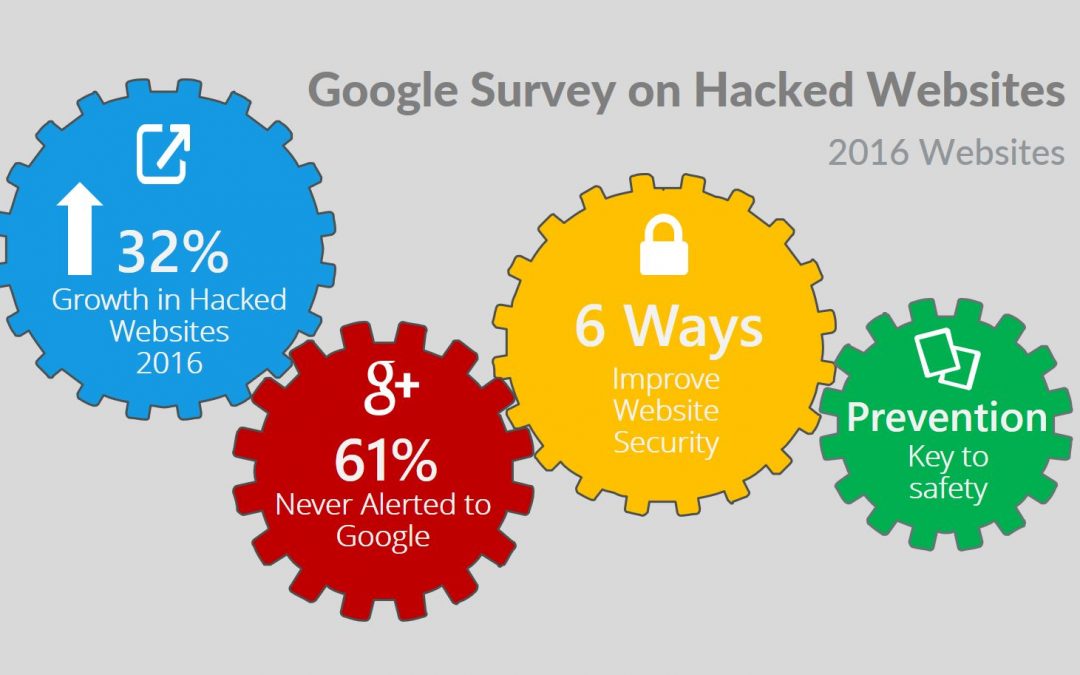
Virtual Shared Services after COVID
The new way of business in the Virtual Shared Services Centres post COVID-19
Social, Collaborative, Yet Virtual will be the New Shared Services model post-COVID-19
With each passing day, more countries are nearing lockdown amid fears of widespread COVID-19. While it obviously impacts business, many companies are trying their best to continue running operations to the best extent possible.
Specifically in the Shared Services and Outsourcing industry, many firms have initiated BCP and DR plans. Critical functions have been identified and plans have been made to ensure their delivery is not impacted. Employees across the globe are working remotely and collaborating using various technologies available.
This has raised interesting debates on productivity, the impact on future ways of working, the feasibility of working remotely, and security risks – among many other things.
One of the important considerations is the impact on social well-being of employees. By nature, humans like to connect and interact with fellow colleagues and work in groups with sharing and caring.
That leads me to consider how Shared Services and Offshoring / Outsourcing will change post Covid-19.
“Digitalisation and Automation”
From its onset, this situation clearly favours those Shared Services Organisations that are already “more digital”. The more digital Shared Services Centres (SSCs) will have relatively less impact due as a result of such epidemics and the learnings will drive more digitisation and automation of various functions. This will ensure that the mundane and repetitive tasks are less interrupted and the workforce can focus on more critical activities.
Shift from “people proximity” to “people collaboration”
The SSCs that are most impacted by COVID-19 have one thing in common: Their style of working is based on “people proximity”. The setup is complex and multiple cross-functional teams are working together towards delivery. Hence they rely on people working together in teams. Such SSCs will most likely build their strategy around (invest in) the adoption of increased collaboration tools like video conferencing. It is surprising that many offshoring centres and SSCs are still way behind when it comes to using such collaboration tools.
The next town hall is not going to be in a large auditorium or hotel but will happen over Skype or Zoom
The trend of moving everything to ‘online’ – trainings, meetings and even key corporate announcements – will increase. In the past, faced with an unexpected crisis the tendency has been to delay key meetings and announcements. Going forward, I would not be surprised if the next town hall happens online.
Focus on ‘relationship’ not just ‘contract’ with outsourcing vendors
SSCs will now have the opportunity to test their relationship with sourcing vendors. Is this the time to open the contract documents and revisit the clauses? Or is this the time to sensitise and empathise with each other? Remember, outsourcing vendors are also firms – just like yours.
Summary
As SSCs encourage flexibility in working locations and adopt various collaboration tools so that they continue to improve their productivity as provide services, they also need to ensure that individuals are empowered and continue to feel the social experience; in short, that they are “Virtual” yet “Social”.
Imagine an organisation that presently thrives on groups of people coming together in an office transforming itself into an organisation that still maintains the social essence through its ability to connect and interact with team members – but without the need to meet physically.
Welcome to post Covid-19 Shared Services Centres being Social, Collaborative yet Virtual!








Recent Comments